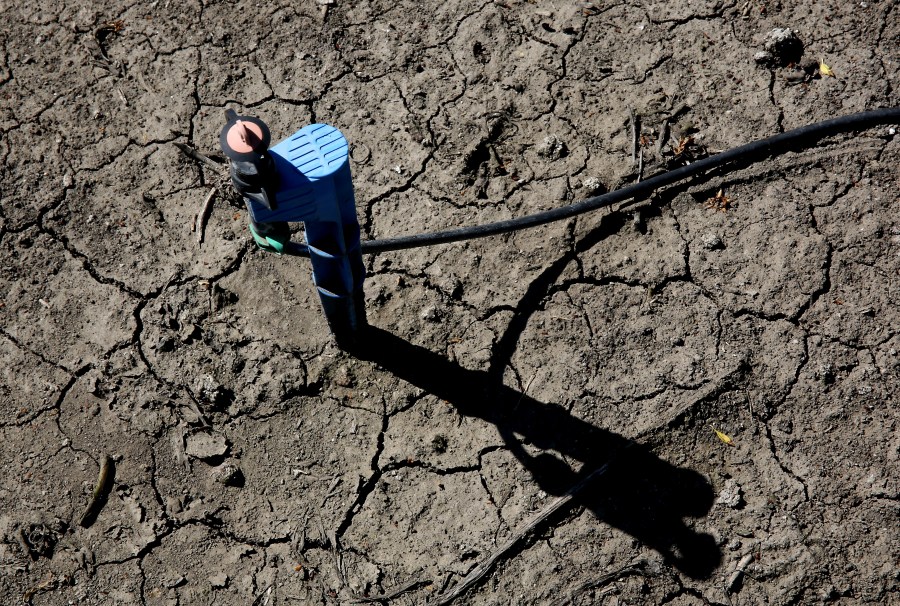AUSTIN (KXAN) — A significant share of Texas’ water is pumped up from underground; in 2020, nearly 2.94 trillion gallons, according to the Texas Comptroller’s Office. Roughly 75% of that water was used for irrigation.
But with the state’s aquifers shrinking and population growing, how is Texas law set up to handle our underground water?
Rule of Capture
The core of Texas groundwater law is a 1904 opinion issued by the Texas Supreme Court. That case, brought by a Texas farmer against the Houston and Texas Central Railroad Company, was over the company pumping groundwater from near the farmer’s well.
The court ruled against the farmer. It adopted the common law concept “right of capture” — if you can pump it out, it’s yours.
“The owner of the soil has the right to collect by wells and to use, without limitation of amount or use to which it is put, the waters percolating or flowing beneath the surface, though he drains, thereby, the well of a neighboring proprietor to his damage,” the opinion read.
Two justices dissented from the court’s opinion, and wrote that the company did have the right to extract, but not the right to “injure the property of another.”
“The defendant had the right to dig wells upon its land and take therefrom all the water that it needed…but it could not unreasonably use it to the injury of others,” the dissenting justices wrote.
Current state law prohibits pumping groundwater “with the purpose of injuring a neighbor or amount to willful waste of the resource,” according to the Texas Commission on Environmental Quality. Landowners may be liable if pumping “results in the [sinking or lowering] of neighboring land.”
Groundwater Conservation Districts
In 1949, the Texas State Legislature passed a law to create underground water conservation districts, precursors to the modern groundwater conservation districts (GCD). Since then, the legislature has passed additional laws related to the concept.
As of October 2024, Texas has 101 GCDs.
The most important aspects of GCDs are that voters living on the land must approve creation, and that they can create a “maximum withdrawal rate” for pumping.
Domestic users and wells for livestock are exempt from a GCD’s rate limit, if the well is built on a land tract larger than 10 acres, or if the well is set up to pump less than 25,000 gallons per day. Drilling and exploration for oil and gas, operations that require water, are also exempt.
